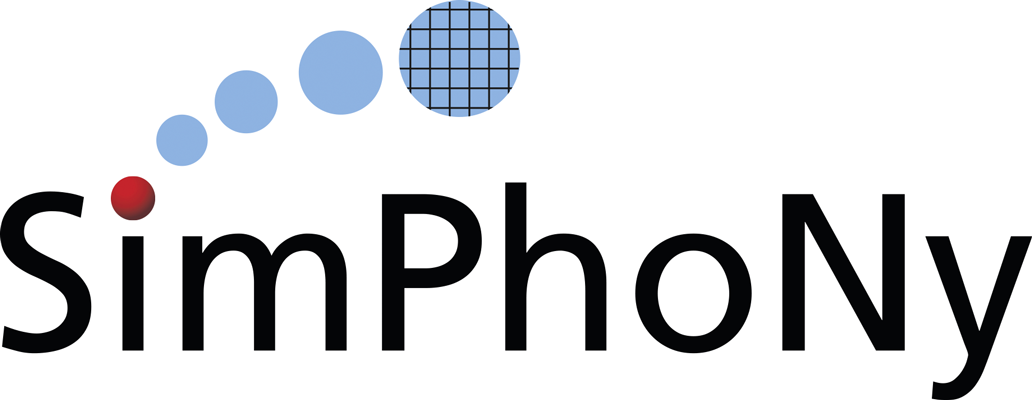Simphony-Mayavi¶
A plugin-library for the Simphony framework (http://www.simphony-project.eu/) to provide visualization support of the CUDS highlevel components.
Repository¶
Simphony-mayavi is hosted on github: https://github.com/simphony/simphony-mayavi
Requirements¶
- mayavi[app] >= 4.4.0
- simphony[H5IO] >= 0.3.0
Optional requirements¶
To support testing, you will need the following packages:
- PIL
- mock
Alternatively unning pip install -r dev-requirements.txt should install the packages needed for development purposes.
To support the documentation built you need the following packages:
- sphinx >= 1.2.3
- sectiondoc commit 8a0c2be, https://github.com/enthought/sectiondoc
- trait-documenter, https://github.com/enthought/trait-documenter
Alternative running pip install -r doc_requirements.txt should install the minimum necessary components for the documentation built.
Installation¶
The package requires python 2.7.x, installation is based on setuptools:
# build and install
python setup.py install
or:
# build for in-place development
python setup.py develop
Documentation¶
To build the documentation in the doc/build directory run:
python setup.py build_sphinx
Note
- One can use the –help option with a setup.py command to see all available options.
- The documentation will be saved in the
./builddirectory.
Usage¶
After installation the user should be able to import the mayavi visualization plugin module by:
from simphony.visualisation import mayavi_tools
mayavi_tools.show(cuds)
Note
It is also recommended that the user uses qt4 as the user interface backends by setting the environment variable
ETS_TOOLKIT. In Bash, that is:export ETS_TOOLKIT=qt4
Known Issues¶
Segmentation fault during loading or running test suites
This may be caused by installing BOTH simphony-paraview and simphony-mayavi in the same environment. Since paraview and mayavi use different versions of VTK, work-around is limited. Here are two possible solutions.
If you don’t need both simphony-mayavi and simphony-paraview, uninstall one of them, e.g.:
pip uninstall simphony-paraview
If you must retain both plugins, choose to remove one of them from the
simphony.visualisationentry points. The plugin removed fromsimphony.visualisationis still accessible viaimport simphony_paraview.pluginorimport simphony_mayavi.plugin. Notice that this change would cause plugin loading tests to fail.
Directory structure¶
- simphony-mayavi – Main package folder.
- sources – Wrap CUDS objects to provide Mayavi Sources.
- cuds – Wrap VTK Dataset objects to provide the CUDS container api.
- core – Utility classes and tools to manipulate vtk and cuds objects.
- plugins – GUI for Mayavi2
- modules – default modules for visualising SimPhoNy objects
- examples – Holds examples of loading and visualising SimPhoNy objects with simphony-mayavi.
- doc – Documentation related files: - The rst source files for the documentation
